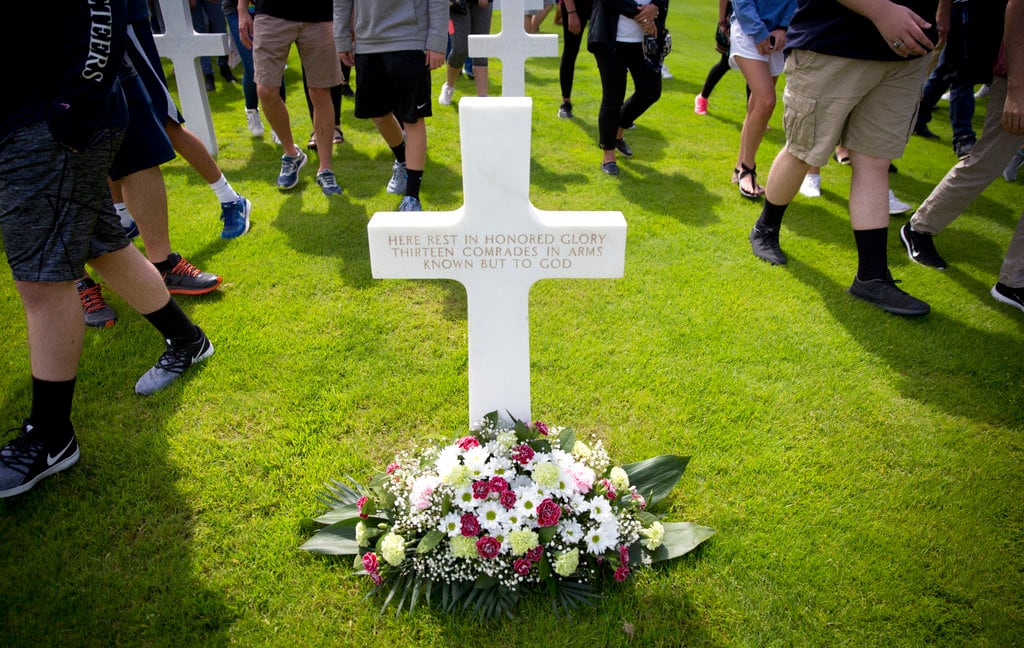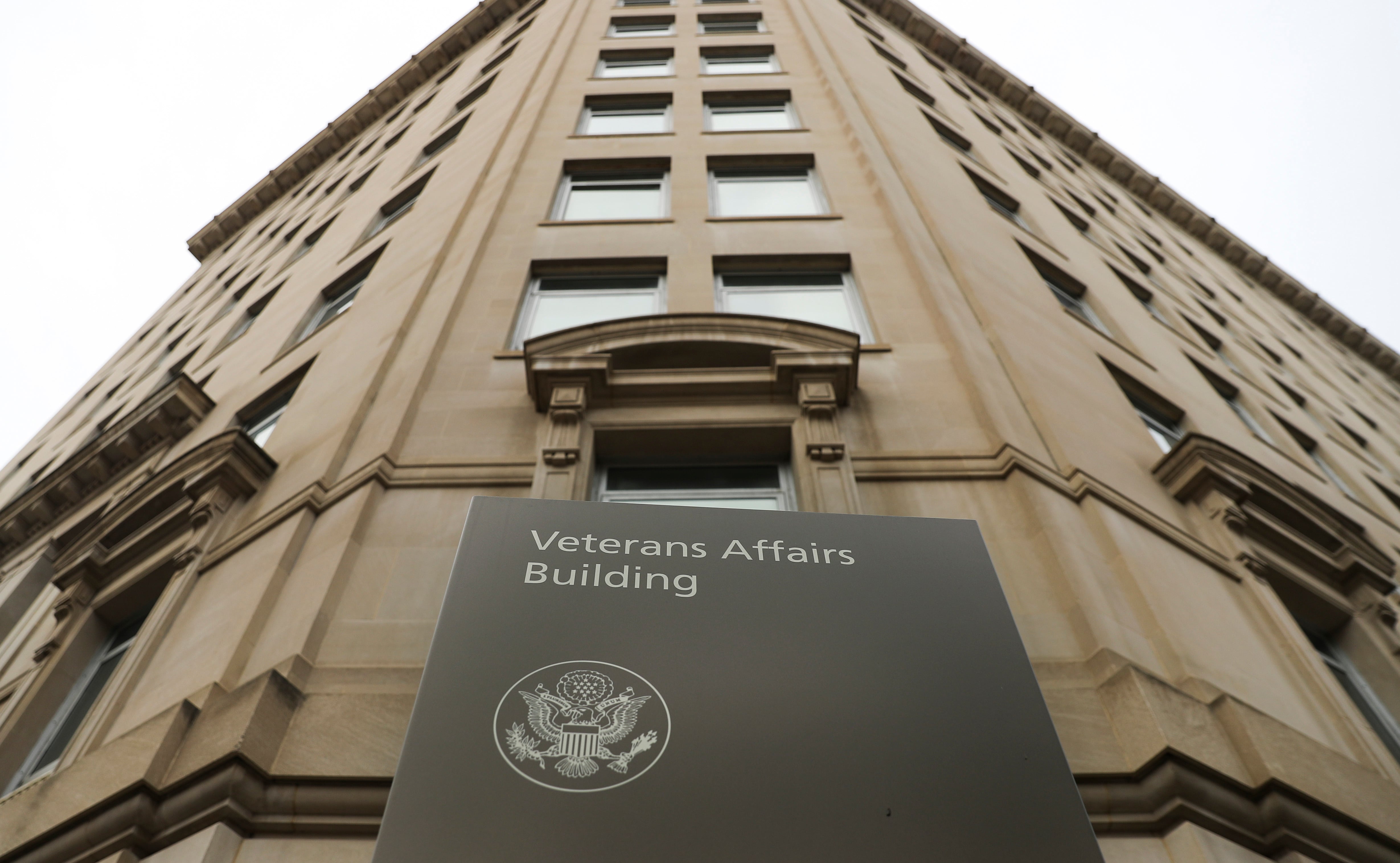PROVIDENCE, R.I. — Now that a cannon that rested in waters off Rhode Island's shore for two centuries has been raised, U.S. Navy archaeologists are hoping to confirm that the ship that sank at the site was a schooner commanded by a War of 1812 hero.
In thick fog and heavy swells, the USS Revenge became ensnared in a reef off Watch Hill in Westerly in 1811. Oliver Hazard Perry ordered his men to jettison guns, masts and the anchor, but lightening the vessel didn't free it. It sank.
The treacherous reefs, rocks and poor visibility kept the cannon and other artifacts hidden until 2005.
That year, recreational divers from Connecticut, Charlie Buffum and Craig Harger, found what's believed to be the naval schooner's wreck site. Navy divers recovered the cannon May 24. It's the first artifact the Navy has raised from the site.
Buffum said it was exhilarating to see the cannon brought ashore.
"To see it finally break the surface after being down there for 206 years, it was just really, really cool," said Buffum, a brewery owner from Stonington, Connecticut.
The cannon was taken to a conservation lab at the Washington Navy Yard to be desalinated and stabilized. It's encrusted with bits of sea life and calcium carbonate from the interaction between the iron it's made of and salt water.
There are not many examples of early naval guns of this type, said George Schwarz, an underwater archaeologist with the Naval History and Heritage Command. The command oversees the identification and management of sunken naval vessels.
"It's a tangible reach back through naval history," he said.
Schwarz said he has a high level of confidence that the cannon is from the Revenge.
Perry's career languished after the wreck until he was sent to the Great Lakes during the War of 1812. He's remembered as the Hero of Lake Erie for defeating the British navy. He was famous for reporting simply, "We have met the enemy and they are ours," after the decisive battle in 1813.
Archaeologists will look for foundry marks on the cannon that could identify it. Even if there are none, Schwarz said they could corroborate the identity using historical documents.
"There aren't any other U.S. Navy vessels lost, as far as we know, right in this area, and there aren't too many other armed vessels, as far as we know, lost here," Schwarz said.
The cannon is 5.5 feet (1.7 meters) long and weighs over 1,000 pounds (450 kilograms). Schwarz estimates the conservation process will take about two years.
It could eventually be displayed in a museum.
The Navy plans to continue mapping the site, but it hasn't yet determined whether any other artifacts will be recovered. The site is protected from any unauthorized disturbance under the Sunken Military Craft Act.
Schwarz said he's grateful for the help of Buffum and Harger, who led the Navy to the site.
Buffum said he'll keep looking for other shipwrecks, though he doubts he'll ever find something quite like this one. He's working on a new beer to celebrate the cannon's recovery.
Harger, a retired industrial gas salesman from Colchester, Connecticut, said it still gives him chills thinking about the moment he and Buffum saw the cannon surface.
"We just looked at each other and chuckled and thought, 12 years is a long time but man, it sure was worth it," he said.





